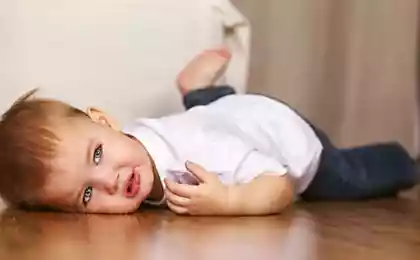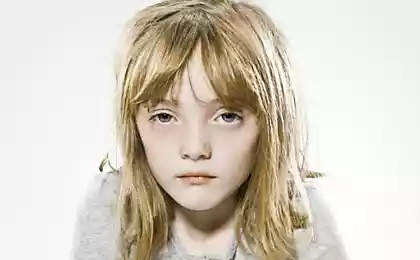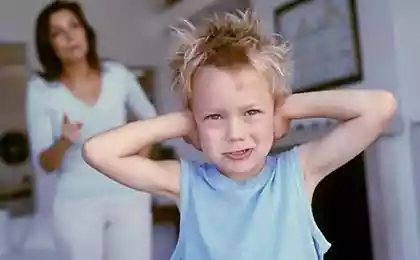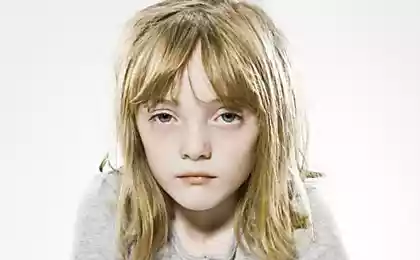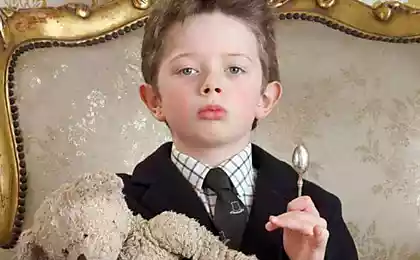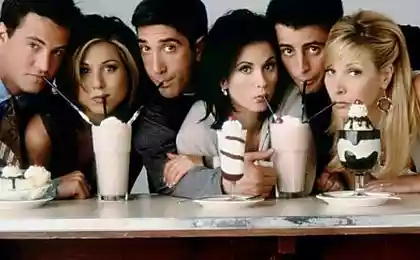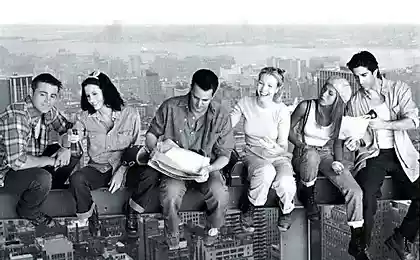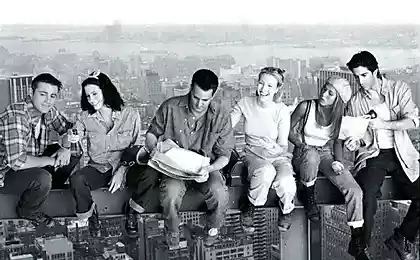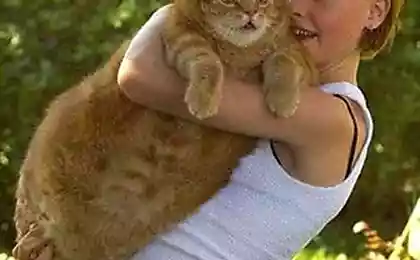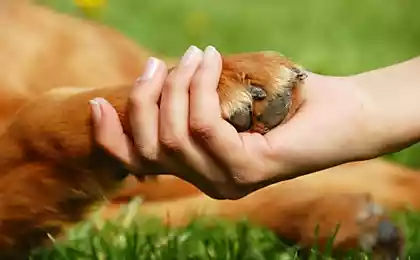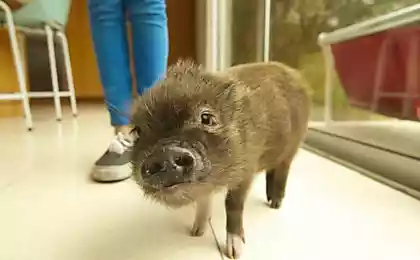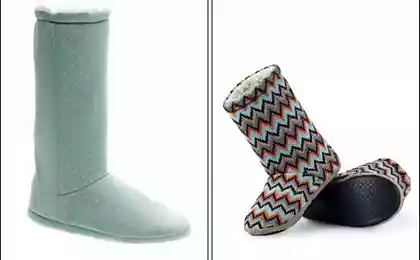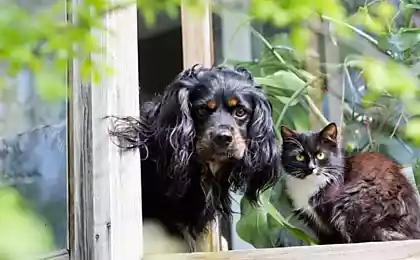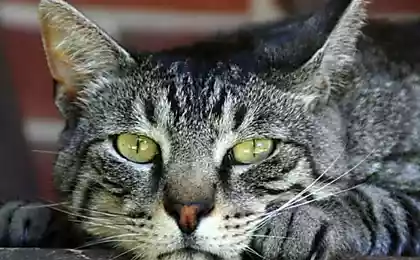1131
Friends and associates
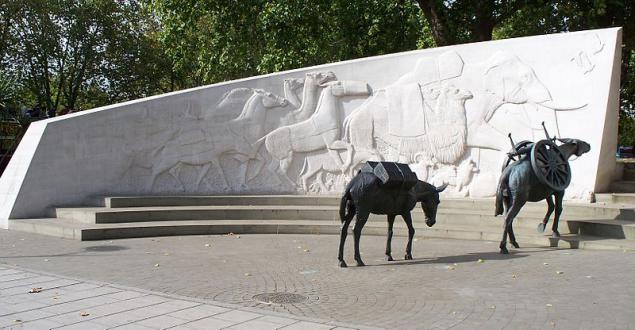
< Memorial "Animals in War Memorial» Hyde Park. London
"Animals are my friends - said Bernard Shaw - and my friends I do not eat." The show was a vegetarian, but at the first half of his statements could subscribe almost all Englishmen, even meat-eaters. Animals, especially domestic, here love as family members.
England in this sense is not unique. In the Netherlands, there is a monument to the cow, the nurse. In Rome, a monument to the donkey, working people, with a bronze cannon on his back, which he carried in military campaigns. There is a monument to the geese that saved the city by unlocking guard posts his cackling.
In Salt Lake City - a monument to the gulls, who saved from the harvest of the first settlers of locusts.
Broad Park Lane, which runs along Hyde Park in 2004 to supply the great sculptural group. Immortalized animals Outstanding Service to the Fatherland. Two mules laden with ammunition, and working dog. These two mules symbolize the eight million horses killed in four years of the First World War.
At the opening of the monument was invited to dog Buster, a five-year spaniel, who recently earned a medal in Iraq. The same medal awarded at the time and the only cat, Simon.
Simon served on the frigate "Amethyst", bringing supplies to the British Embassy in Nanjing. In 1949, the frigate came under fire, was forced to stand 100 days at anchor. Simon was seriously injured, but despite this, regularly catching rats, prevent infection, and raised the morale of the team.
In this barrel to the historic honey now added a large fly in the ointment. October 17 in the light of a book by Bonzo's War, Animals Under Fire - «Animals under fire».
Author, Claire Campbell, wrote that before the start of the war in which Britain joined the first in September 1939, the Ministry of Internal Affairs published a brochure. Population reported that pets are prohibited to take into bomb shelters and gave advice how to quickly and painlessly put to sleep.
In the early days of the war began to panic. Air sirens wailed and frightened citizens rushed to the district and city councils, leaving behind their dogs, cats, hamsters and other animals.
Rooms and hallways filled with beasts that howled all night, whined and meows. Authorities called flayers that five days have put the order of battle. Animal corpses lying in the streets with a thick layer.
The decree did not pass and the London Zoo. According to the laws of war there killed seven Nile crocodiles, a sea cow, two American alligators, two lion cubs and six Indian Krylgan bats.
Not all caved in, not all panicked. Nina, Duchess of Hamilton, opened the gates of his vast estate in Wiltshire for orphaned animals, and some not mentioned by name Swedish aristocrat turned his house in the fashionable Mayfair in a kind of Noah's Ark.
A year later, in the autumn of 1940 began the bombing of London. To fight with the homeless animals went municipal death squads. In the course went cyanide, chloroform, stun.
Many owners remained true to their pets and preferred to be subjected to grave risk with them, waiting for the bombing of the house and down to the bomb shelter.
Enterprising citizens began to advertise soothing drops nerve of cats and dogs, offer special headphones for noise isolation.
In August, the 40th issued a decree, Waste of Food Order, The disposal of food. Under pain of prison instructed not to feed pets human food.
Mrs. Winifred Earley from Colchester fined £ 5 for what she fed her white mice breadcrumbs.
All around were posters - dog with an insatiable muzzle and underneath the signature - "they devour 280,000 tons of meat a year!»
By the end of the war manners softened, government allowed to give cats milk, but only from the powder and only the corrupted, which is not suitable for human consumption.
Today everything was back to normal. Several years ago, one absent-minded professor of Russian at a party ate a whole bowl of dog biscuits.
I assure you that very well.
Source Your text to link ...
